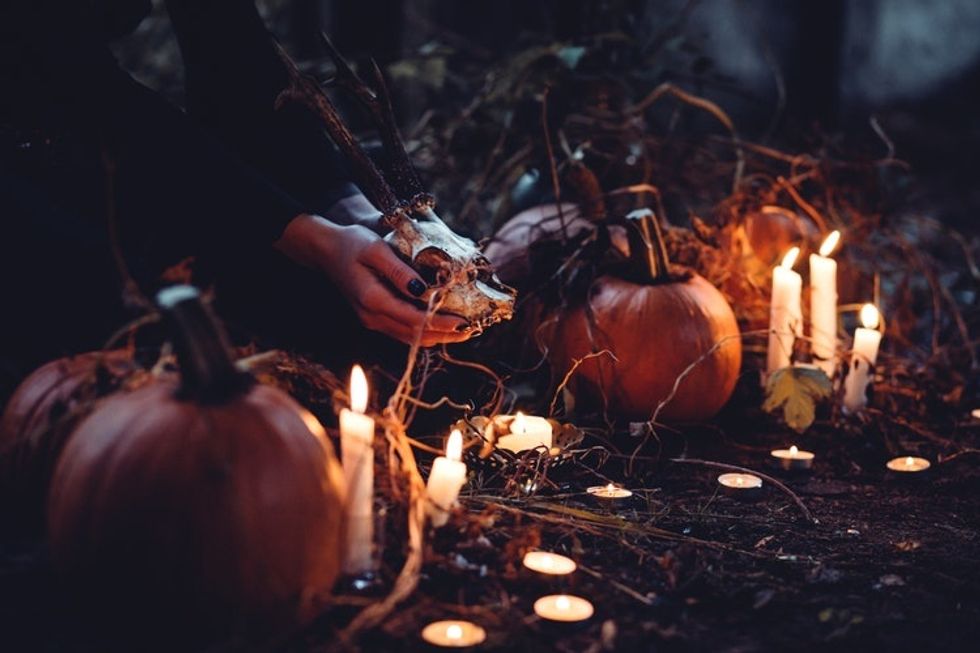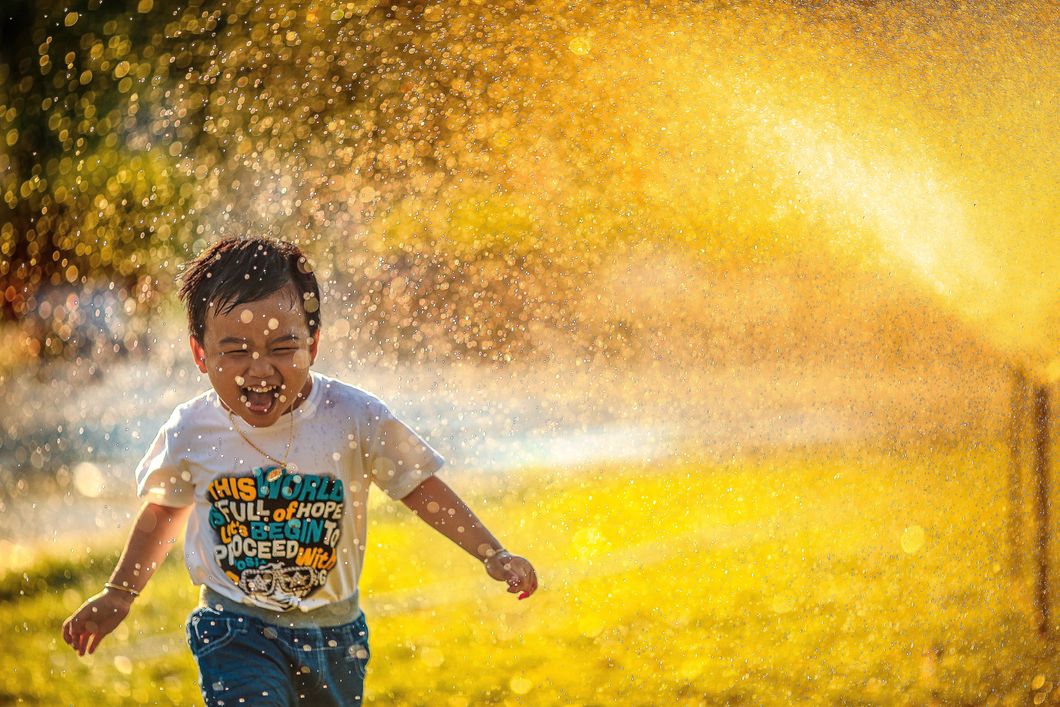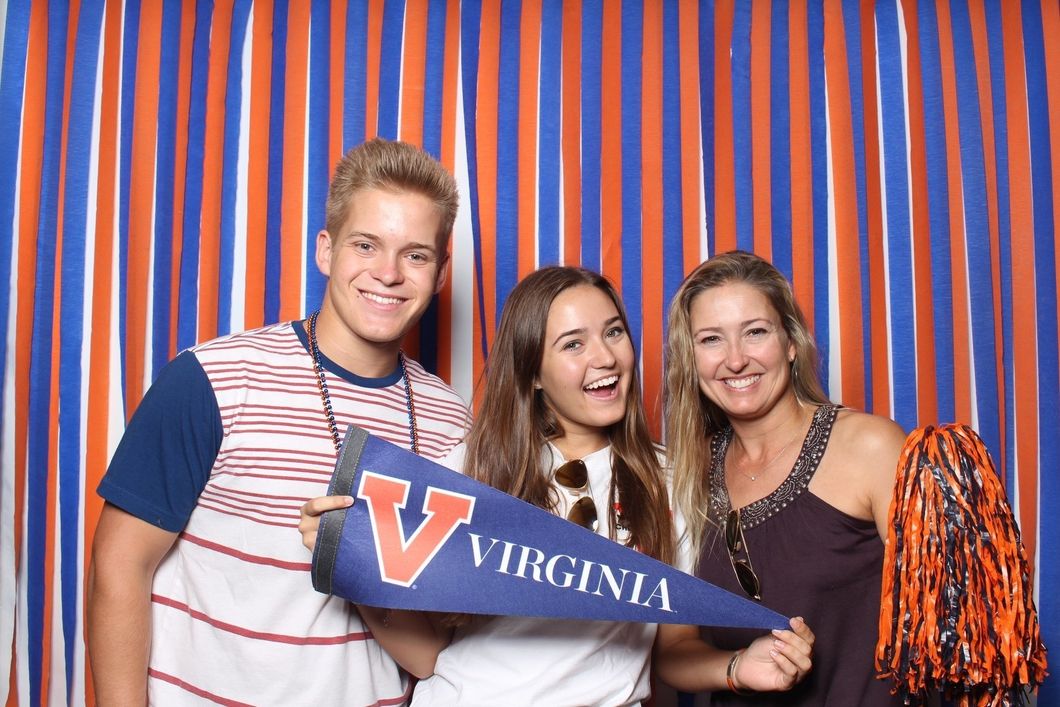Fall is nearly in the air! The leaves are starting to change color and fall to the Earth. The pumpkin spice lattes have been fragrantly filling the crisp, chilly air. It's official, only a few more short weeks until the spookiest holiday of all!
If you're like me, you're breaking out the spider web decorations, preparing porch pumpkins for carving, and frantically assembling your 2-3 different Halloween costumes.
But how did we start celebrating this tradition? Why do people put out jack-o-lanterns or wear costumes on October 31st?
Discovering the intriguing origins of Halloween traditions is something most of us have never taken the time to investigate.
1. The birth of Halloween
Dating back over 2,000 years ago, Samhain, ancient Celtic festivals, were linked to Halloween. These rituals were practiced to mark the end of summer and the beginning of harvest and winter. A time often associated with death, it's speculated that the Celts believed spirits of the dead would return.
2. Costumes
Clear details about the festival are still fragmented, but according to LiveScience, to prepare for this pagan ritual Celts would wear grotesque costumes in an attempt to fool wandering spirits into thinking they were one of them. Historians theorize that this practice could be related to the "souling" tradition, where penniless people would wear disguises to knock on neighbor's doors, begging for food. The most popular costumes at the time? The Mummy and handwoven straw suits.
3. Jack-o'-lanterns
Much like the "souling" tradition, in medieval Britain, people would go door-to-door with "hollowed-out turnip lanterns, whose candle connoted a soul trapped in purgatory." (Halloween-From Pagan Ritual to Party Night) They would offer prayers for the dead in exchange for food. Pumpkins took the place of turnips due to the ease of carving and abundance in North America in the late 1800s.
4. Tricks
Tricks have been practiced on Halloween in the United States and Canada for nearly 200 years. A common prank was "knock-a-dolly" or ding-dong ditch, where children knock on neighbor's doors and run away before the door opens. People would cow-tip, open farmers' gates, and egg houses as pranks on All Hallows Eve, until in the 1920s when parents and officials invented trick-or-treating in an attempt to control the rowdy festivities.
5. Treats
Asking for treats, in one way or another, has been a custom from the start. In colonial-era America, bobbing apples was a form of fortune-telling. According to the book Halloween and Commemorations of the Dead, whoever could pluck an apple using only their mouth out of a bucket of water first would marry first. Parents would often hide candy and pastries for a treasure hunt to keep children entertained.
Folklorist John Santino says, "Halloween provides a safe way to play with the concept of death." People dress-up as ghosts and adorn gravestones in their front yards to bring some fun to a concept that is often scary and macabre. Halloween has evolved to a commercialized holiday over the past 100 years, but it still maintains various glimmers of ancient traditions, like supernatural entities, playing tricks, and asking for treats, all these years later. Afterall, who can resist a little playful mischief?!

















